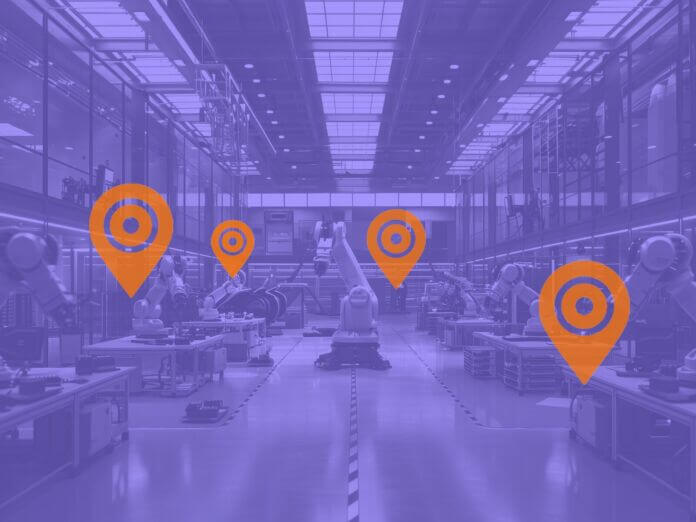
Lakeside Software – November 8, 2024
Collected at: https://www.iotforall.com/why-endpoint-monitoring-is-now-an-integral-part-of-industrial-operations
In the competitive landscape of modern manufacturing, technology serves as the critical differentiator. From shop floor to top floor, cutting-edge tech revolutionizes how things are made, managed, and monitored. IT-OT convergence is essential for agile, cost-effective, and productive operations in today’s digital landscape.
The Evolving Manufacturing Tech Stack
Manufacturers are adopting advanced automation and tech for increased efficiency and data-driven decision-making. Today’s typical manufacturing tech stack crosses the IT and OT domains once closed off by different communication protocols.
Industrial IoT devices and connected assets now enable real-time communication with back-office teams, becoming crucial tools.
The Promise and Perils of IT/OT Convergence
According to a McKinsey report, IT/OT convergence “can be the key to unlocking digital at scale.” For example, this convergence allows procurement and ERP systems to communicate directly with systems on the manufacturing floor. When an IoT sensor detects that inventory is running low for a specific part, it can “notify” the back office, which then triggers the ordering of the part.
IT and OT are more intertwined than ever before. However, this convergence of two distinct networks also adds risk, making it imperative for plant managers to have complete visibility to monitor all the endpoints used in manufacturing environments.
$100,000+ Per Hour: The True Cost of Disruptions
While the benefits are clear, the risks associated with this convergence are substantial. One survey found that unscheduled downtime costs manufacturers $125,000 per hour.
While disruptions shouldn’t be an everyday occurrence, they’re also more common than they should be; most industrial companies said they had unplanned downtime “at least once a month.”
The proliferation of connected devices and custom software across operational environments once protected by closed, proprietary communication protocols brings new capabilities to the factory floor (e.g., temperature sensors). At the same time, this more sophisticated tech stack introduces another area of potential disruption.
In this interconnected environment, a disruption in one system can have far-reaching consequences. For example, if your manufacturing execution system (MES) stops functioning, the disruption goes beyond a simple software crash. It could lead to lost productivity, delayed deliveries and shipping, and even defective products and recalls.
You can lose access to data and the ability to make data-based decisions. What’s more, if any part of your tech stack is compromised, your entire network could be at risk due to all of the interconnections between systems (this is even more true for IIoT devices, which is why experts say monitoring IoT devices is “best practice for IoT security”).
Navigating the Challenges of IT/OT Integration
Innovations and automation in manufacturing are here to stay. We’ll continue to see more innovation to spur efficiencies, as we should, given their transformational impact on the industry.
But here’s the problem: every new device and application increases your risk, especially as the convergence of IT and OT matures. As one article noted, “each added device introduces a new, vulnerable point-of-access” within your organization.
This increased vulnerability makes manufacturers need to implement robust monitoring measures across all endpoints – from the factory floor to enterprise systems.
Key Considerations for Effective Endpoint Monitoring
As digitalization accelerates, endpoint monitoring becomes essential for gaining data insights and visibility across IT and OT environments, while also preventing costly issues.
With a growing number of connected devices—such as rugged handhelds, tablets, and laptops displaying digital twins—it’s more important than ever to have comprehensive endpoint monitoring in place.
Here are a few key features manufacturers should prioritize when choosing an endpoint monitoring platform:
Removing Silos
Leading endpoint monitoring solutions give you end-to-end visibility across many types of devices and applications to remove the silos of disconnected platforms and footprints so you have access to your entire IT ecosystem.
Leveraging Predictive Monitoring
Look for a platform that leverages an embedded AI engine and rich dataset, which can be used to predict—and prevent—costly downtime.
Automating Issue Detection and Resolution
The enterprise IT team is already busy enough. An endpoint monitoring system can free up the IT team by automatically identifying and resolving potential issues before they shut down your production line or field operations.
Managing Data Quality
More endpoints mean more data. As a McKinsey report noted, “the IIoT-based industrial automation stack adds a new layer for analytics, end-user digital applications, data management, and storage.” Make sure your systems are built to collect the right amount of high-quality, clean data.
Embracing Convergence
The convergence of IT and OT in manufacturing is the foundation of Industry 4.0. By embracing this convergence while implementing robust endpoint monitoring measures in collaboration with the enterprise IT team, manufacturing plant operators can:
- Unlock new levels of efficiency and productivity
- Make data-driven decisions with confidence
- Minimize costly disruptions and downtime
- Stay ahead of the competition in an increasingly digital landscape
As the industry continues to accelerate digitalization across the manufacturing floor, the manufacturers who successfully navigate the challenges of IT/OT convergence will be best positioned to thrive in the smart factories of the future.

Leave a Reply